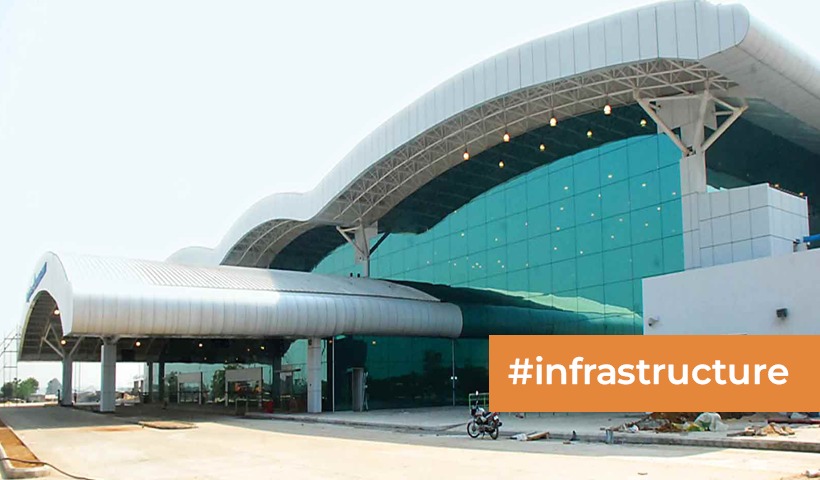Ayodhya Ram Mandir: Bridging the Past and Present!
The Ram Mandir is a Hindu temple that is being built in Ayodhya, Uttar Pradesh, India, at the site of Ram Janmabhoomi, according to the Ramayana the birthplace of Rama, a principal deity of Hinduism. The temple construction is being supervised by the Shri Ram Janmabhoomi Teerth Kshetra. The Bhumi pujan ritual was performed on 5 August 2020 by India’s prime minister Narendra Modi and the Mandir’s construction started. The temple premises will include temples dedicated to deities Surya, Ganesha, Shiva, Durga, Annapurna (goddess) and Hanuman.
The Ram Mandir is a controversial temple, as the site of its construction is also the site of the Babri Masjid, a mosque that was demolished in 1992 by Hindu activists. The demolition of the Babri Masjid led to widespread communal violence in India.
The construction of the Ram Mandir is a long-standing demand of Hindu nationalists, who believe that the mosque was built on the site of Rama’s birthplace. The Supreme Court of India ruled in 2019 that the land should be divided between the Hindus and Muslims, with the Ram Mandir being built on a portion of the land.
The construction of the Ram Mandir is a symbol of Hindu nationalism in India. It is seen by many Hindus as a way to reclaim their religious heritage. However, the temple is also seen by some as a symbol of religious intolerance.
The Ram Mandir is expected to be completed in 2024. It is a massive undertaking, and the cost of construction is estimated to be around $1 billion. However, the Hindu community is committed to building the temple, and they believe that it will be a symbol of peace and harmony in India.
Disclaimer: The views expressed above are for informational purposes only based on industry reports and related news stories. PropertyPistol does not guarantee the accuracy, completeness, or reliability of the information and shall not be held responsible for any action taken based on the published information.




